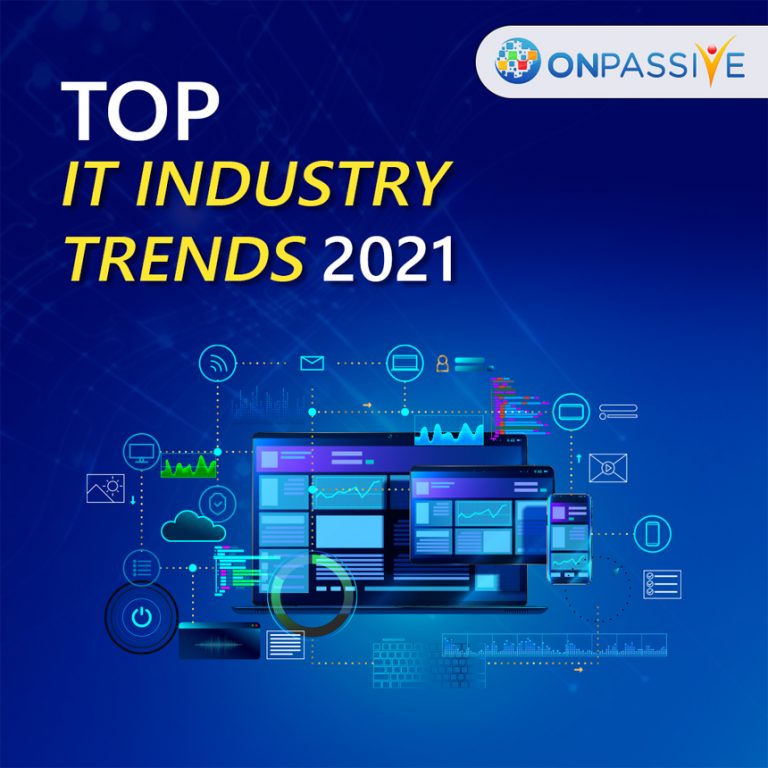
The Coronavirus pandemic has moved the technology advancement and investment techniques of practically every organization on the planet as “unprecedented” financial and socioeconomic difficulties. It also clarified that India’s software industry’s future is IT and the lifeline for organizations during the Covid-19 era, as indicated by IT research firm Gartner.
Applications of information technology have become an intrinsic piece of life – profoundly embedded in how governments, organizations, and individuals work and live. Another report, named ‘Technology Vision 2020’, the company’s author’s layout of some latest technology in software development trends and improvements set to reshape business and society in the coming years.
In the span of 60 years, our computing power has improved by 1 trillion times. That is because the latest technology in software development can turn into the establishment of different advanced technologies.
Those new advancements and applications of information technology could then turn into the basis for newer ones. Also, the cycle proceeds. Accordingly, Top IT Industry Trends 2021 are getting more diligently to stay aware of.
- Artificial Intelligence (AI)
Artificial Intelligence, excited and advertised as it very well might be years prior, is still a developing IT industry trend. It has just indicated heaps of functionalities that individuals ten years back would believe are just possible in sci-fi movies. It’s not, be that as it may, giving any indication of momentum halt at all.
New applications for individual, professional, and business designs are being found for AI consistently. On the off chance that it’s the eventual fate of AI we’re discussing, the ideal portrayal for that would be “boundless potential.”
- Internet of Things (IoT)
Until this point, the IoT gadgets are generally found in smart homes as associated lights and smart fridges. For example, wearable technologies, such as smart glass and movement trackers, are also well-known IoT technology utilization. Besides, traffic and waste management, metropolitan security monitoring, and water distribution are IoT advances present in smart urban communities.
- Cybersecurity
The main things remaining between our data and malicious exercises are IT security software, antivirus, and other cybersecurity safeguards. So long as the internet is utilized, threats are approaching, and in this manner, the cybersecurity industry will consistently continue to thrive.
- Alternatives to Cloud Computing
The first in our rundown of alternatives is edge computing. It’s the act of bringing information and computation closer to the area where it’s required. And this helps to spare data transmission, increment the reaction time, and is generally valuable for IoT gadgets.
The following one is fog computing. It’s worked to bypass the issue with distributed cloud computing not ready to handle a tremendous amount of data as expected. With fog computing, every function – capacity, examination, and processing – is moved to the network’s edge. It is incredible for overseeing and managing data flood in a networked environment.
- 5G Network
5G networks are the following next big thing in versatile mobile internet connectivity. After very nearly a time of development, it has at long last become a reality in certain zones. It offers a phenomenal transmission speed that far outperforms its archetype, 4G. Also, since we’re talking gigabytes every subsequent transfer rate, 5G is faster than virtually any home broadband access.
- Virtual Reality
Virtual Reality (VR) drenches the user into an environment. By animating and stimulating their hearing and vision, it causes them to feel as though they are encountering and experiencing the simulated environment firsthand. The most mainstream use of Virtual Reality is gaming, with PlayStation VR and Facebook’s Oculus driving the market.
- Augmented Reality
Many confound Augmented Reality (AR) with Virtual Reality. They do have likenesses; however, they are, at their core, different. Augmented Reality improves and enhances a genuine real-life view with computerized images. Numerous consumers invite AR due to its various genuine real-world applications. The AR technology has additionally been of great assistance to various sectors.
- Chatbot
Because of machine learning development, Chabot’s have gotten amazingly popular for private companies, small businesses, and huge enterprises. Join that with natural language processing (NLP), and we got ourselves a more responsive, savvier, and human conversational specialist. Typically, Chabot’s are utilized in customer service.
- Block chain
The block chain is likewise becoming enormous in the field of the Internet of Things. Incidentally, the technology is the right solution for giving security to IoT gadgets. It’s additionally making noises in the financial sector, particularly the huge ones since it’s a potential disruptor to their business. In this light, almost certainly, the upstarts will be the ones to offer services built around block chain.
Most recent technology trends in 2020 have picked up the momentum from the last few years of technological development. Artificial intelligence is ceaselessly improving, and it controls more applications and machines every day. IoT gadgets are getting increasingly boundless. Cybersecurity is a consistently dynamic field.
Business with top IT industry trends 2021 will reshape the future of trade, commerce, and industries. Digitization and automation will make many changes in client experience. Numerous jobs will become obsolete, yet a ton will likewise open up.



Patricio Rivers
3 years ago
Malebogo Molaletsi
3 years ago
Stefan Ozsvath
3 years ago
Stefan Ozsvath
3 years ago